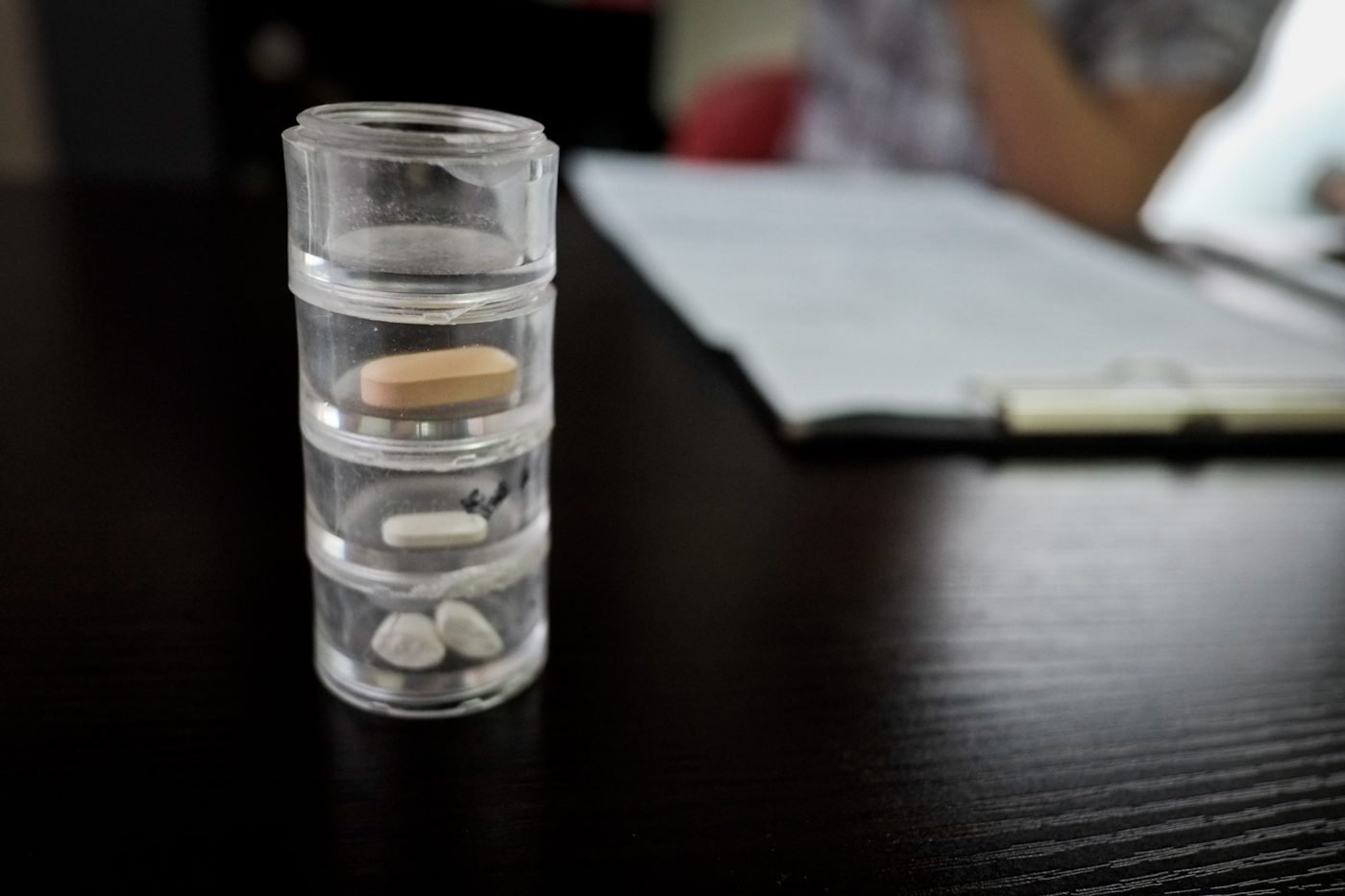SUMMARY
This is AI generated summarization, which may have errors. For context, always refer to the full article.

MANILA, Philippines – The Philippine government has allocated P1.08 billion ($23.64 million)* in the proposed 2016 budget to respond to the HIV situation in the country, which has the “fastest growing” epidemic in the world.
This is double the P500-million ($10.94 million) allocation of the Department of Health’s (DOH) National HIV/STI Prevention Program in the previous 2015 budget.
According to Senate President Pro-Tempore Ralph Recto, half of the P1.08 billion will be used to buy anti-retroviral drugs, while the rest will go to test kits and reagents (P250 million or $5.47 million), surveillance (P50 million or $1.09 million), and local prevention programs (P200 million or $4.38 million).
The additional budget is meant to fund more testing, and to cover new HIV cases.
“I have been told that this budget might not be enough, if taken against the growing patient base,” Recto said in a statement released Saturday, October 10.
The health department has reported a total of 27,138 cases from January 1984 to July 2015, with 1,281 deaths. There are 22 new human immunodeficiency virus (HIV) cases recorded daily.
To date, 11,029 people are already on anti-retroviral therapy in 22 treatment hubs in the country. PhilHealth’s case rate for HIV medication amounts to P30,000 ($656.62) a year, or P7,500 ($164.16) per quarter.
‘Tip of the iceberg’
“Many health experts who have appeared before congressional hearings are one in saying that this could just be the tip of the iceberg,” Recto said.
The situation is alarming considering that globally, new HIV infections have already declined by about 40% between 2000 and 2013. (READ: INFOGRAPHIC: HIV epidemic in the Philippines)
The World Health Organization has challenged the Philippine government to ramp up its response to the HIV situation in the country in terms of funding and raising awareness. (READ: #StayNegatHIVe: We need to talk about HIV/AIDS)
“I think the DOH thrust is to focus its awareness campaign on younger demographic. Those infected are getting younger. The current median age of HIV infected Filipinos is 27,” the senator added.
Metro Manila will get the bulk of the proposed 2016 budget for HIV, since 44% of the cases (11,909 cases) come from the region.
| REGION | July 2015 |
Jan-July 2015 |
Cumulative (Jan 1984-July 2015) |
| NCR | 261 (38%) | 1,817 (39%) | 11,909 (44%) |
| Calabarzon | 106 (16%) | 740 (16%) | 3,602 (13%) |
| Central Visayas | 66 (10%) | 397 (9%) | 2,425 (9%) |
| Central Luzon | 84 (12%) | 401 (9%) | 2,220 (8%) |
| Davao Region | 28 (4%) | 268 (6%) | 1,597 (6%) |
| Rest of the country | 137 (20%) | 986 (21%) | 4,239 (16%) |
| TOTAL | 682 | 4,611** | 27,138*** |
Source: July 2015 HIV Report, DOH Epidemiology Bureau
While the Philippines will not be able to meet the HIV/AIDS targets set in the Millennium Development Goals, the country joins the rest of the world in achieving the new Sustainable Development Goals, which aim to end epidemics such as AIDS by 2030, among other goals.
The DOH is asking Congress for a total 2016 budget of P125.95 billion ($2.76 billion) – an increase from P90.29 billion ($1.98 billion) in 2015. This includes a budget for attached agencies, attached corporation, and corporate hospitals. – Rappler.com
*US$1 = P45.69
*From January-July 2015, no particular region was reported for two cases
**From January 1984-July 2015, no particular region was reported for 1,146 cases
Add a comment
How does this make you feel?
There are no comments yet. Add your comment to start the conversation.